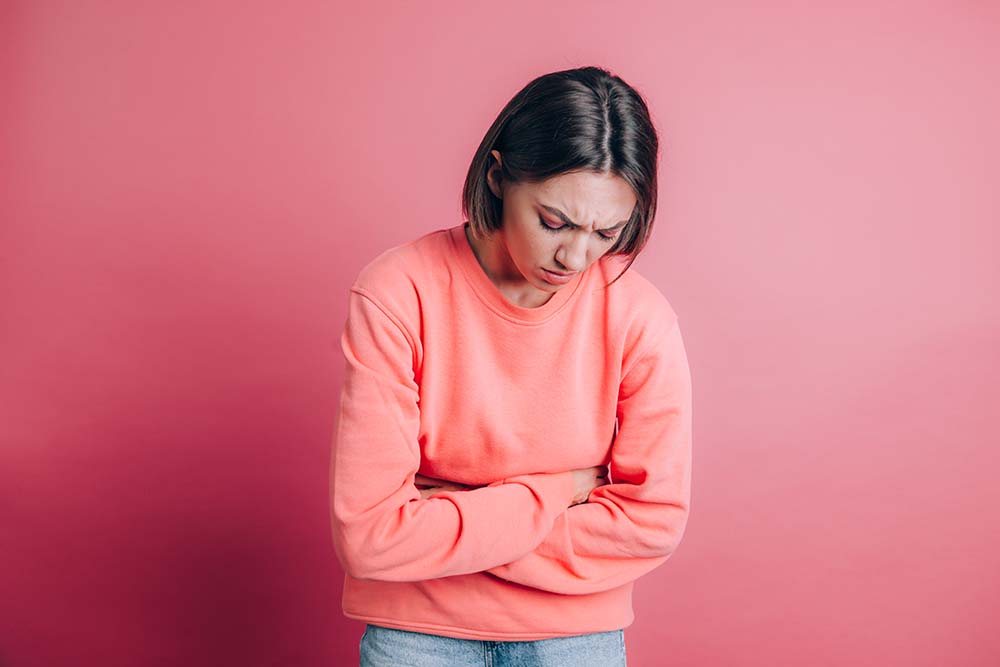There is no scientific evidence that suggests not to exercise during your period. However, exerting oneself during heavy bleeding days of your cycle is not recommended. A lot of hormonal changes happen throughout your menstrual cycle which brings about a change in your energy and emotional levels. On a good day, you will find yourself hitting personal bests during your workout session and then all of a sudden, your motivation dips low enough that you don’t even want to get down on the yoga mat, next to you.
There are physical and chemical changes that occur in the body during menstruation and this can be mollified with the help of exercise. It can also increase the production of endorphins or feel-good hormones and help in improving your mood and pain.
Each menstrual cycle has different phases, one needs to learn to listen to their body and plan a suitable workout based on their energy levels and flexibility.

Menstruation phase
The first day of your period marks the start of your menstrual cycle. Most of women feel weak and have low energy levels during this phase, because of which they may not be able to push their body to its maximum limit. Due to the blood flow, the iron levels in the body also dip, so, it is essential to understand what your body feels and limit to low or moderate-intensity workouts such as stretching or breathing exercises.
Follicular phase
The follicular phase begins as the bleeding stops and you are done with your period. This is the best time to start intense workouts or new exercise modules as the muscles are more relaxed with greater flexibility and high energy levels. It is also the time when there is less water retention and the bone health is at its best.

Ovulation phase
Here you may continue to do endurance training such as running, sprints, Tabata and HIIT forms of exercise modules. In case of any fertility treatment, then one has to stick to low-intensity workouts.

Luteal phase
This is before the onset of menstruation and lasts about two weeks. Once again, the water retention in the body begins. While one can continue doing their regular workout routines they may feel a dip in their energy levels, and it is during this time that the body enters the PMS (premenstrual syndrome) phase. The mood swings, irritability and food cravings take over as the hormone levels drop.